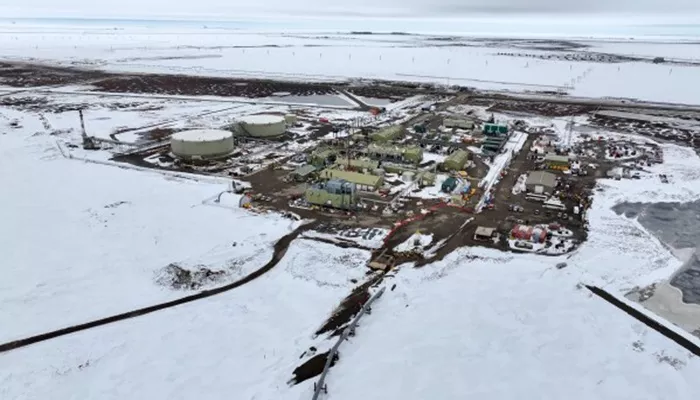The Trump administration has unveiled a plan to open 82% of Alaska’s 23-million-acre (9.3-million-hectare) National Petroleum Reserve (NPR-A) for oil and gas leasing, effectively reversing restrictions put in place during the Biden administration, the U.S. Interior Department announced on Tuesday.
This move aligns closely with former President Donald Trump’s energy dominance agenda, which seeks to boost domestic oil and gas production as a means to stimulate economic growth and create American jobs.
Under the Biden administration, development in parts of the NPR-A had been blocked to protect critical wildlife habitats and the traditional lifestyles of Indigenous communities. These measures reflected a broader climate change strategy aimed at limiting fossil fuel extraction in sensitive areas.
Adam Suess, the Interior Department’s acting assistant secretary for land and minerals management, emphasized the economic rationale behind the proposal, stating, “This plan is about creating more jobs for Americans, reducing our dependence on foreign oil and tapping into the immense energy resources the National Petroleum Reserve was created to deliver.”
The NPR-A was originally designated in the 1970s as a strategic area for oil and gas exploration to address national energy shortages. While the Biden administration in 2022 imposed leasing and development restrictions in parts of the reserve, it had kept roughly half the area open for energy projects.
The draft plan now proposes allowing oil and gas leasing across approximately 82% of the reserve’s 23 million acres, including Teshekpuk Lake — a region long protected under rules dating back to the Reagan era due to its ecological significance and abundant wildlife.
The Interior Department has opened a 14-day public comment period for stakeholders to respond to the draft plan. Comments will be accepted by the U.S. Bureau of Land Management, which oversees the reserve’s land use policies.
This proposal marks a significant policy shift in Alaska’s energy landscape and underscores ongoing tensions between economic development and environmental preservation in one of the nation’s most sensitive natural regions.


